Through that, Saigon commercial port marked a turning point from 1860 and increasingly developed, competing with one of the important commercial ports in Southeast Asia, Singapore.
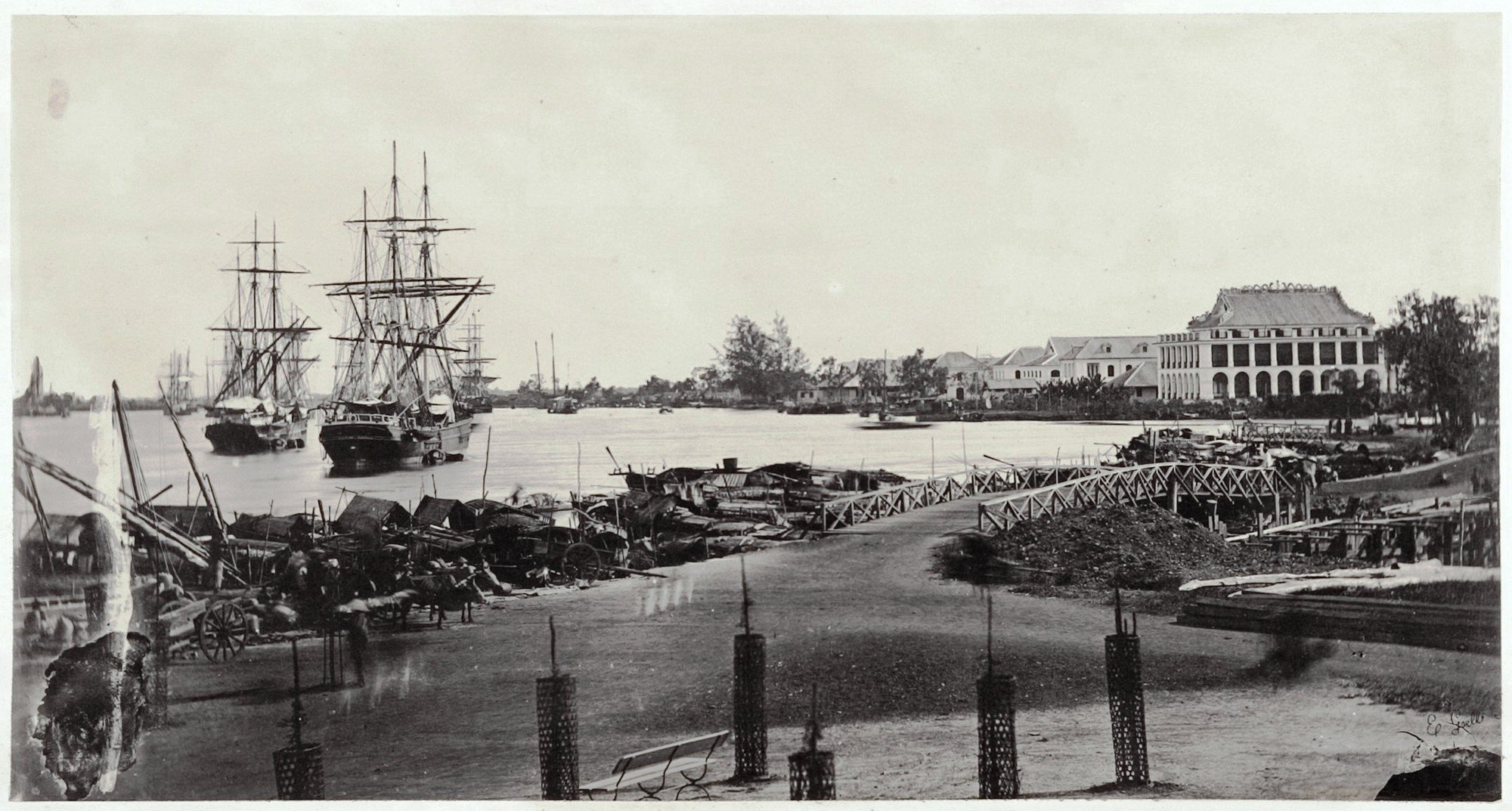
Saigon commercial port in 1866...

... and Nha Rong Wharf today
PHOTO: DOCUMENTARY LE NGUYEN - QUYNH TRAN
Since the early 1860s, at Saigon port there were 246 large ships, both European and Chinese, carrying 53,939 tonneaus of goods (1 tonneau = 2.83 m3).
By 1862, when it had control of 50% of the land of Cochinchina, France promoted import and export activities for many different purposes.
In terms of imports, goods can be classified into three main categories:
- Food and goods imported from China. The main consumers of these goods are Vietnamese and Chinese.
- Food and goods imported according to the construction needs of Saigon city and other places.
- Food and goods imported at the request of the colonial government, either to feed the army or to supply restaurants.
Chinese ships competed with European ships for the first type of goods, the latter two were almost exclusively brought by European ships.
In 1862, the following items were imported into Saigon port: Chinese paper, cups, tea, dried fruit, jam, fireworks, bricks, stones, clothes, potatoes, sugar, dried fish, oil, silk, soap, coffee, tobacco, opium... Also at Saigon port, European ships and Chinese ships carried many local products, mostly white rice, dried fish, coconut oil, buffalo hide, buffalo horns...
In 1862, the amount of rice exported from the six provinces of Cochinchina was recorded at 42,470 tons, while buffalo hides and buffalo horns alone amounted to more than 35,000 units. Among the imported goods into Cochinchina, opium was the greatest evidence of the French colonialists' crimes (Jean Bouchot - Documents pour servir à l'histoire de Saigon - Saigon 1927, page 130 and following pages).
This drug was secretly introduced into Vietnam in the first half of the 19th century, and at that time, King Minh Mang was soon aware of its terrible harm, so he issued an edict to completely ban it. During the French colonial period, in the early 1860s, the French colonialists legalized the use of opium among the public in order to collect as much tax money as possible. On December 28, 1861, Admiral Bonard issued a detailed regulation consisting of 84 articles related to the sale of opium in Cochinchina ( Official Gazette of French Cochinchina - Bulletin officiel de la Cochinchine française - BOCF 1862-1863).
In 1860, the value of imported opium amounted to 500,000 francs, while the total value of all other goods was only 1 million francs.
During this period, a Chinese named Ban Hap, residing in Cho Lon, regularly won opium contracts and had a monopoly on distilling alcohol in Cochinchina. Ban Hap himself was the first private individual to build a mansion in 1864, while the Admiral Commander of the French Expeditionary Force and Governor of Cochinchina was still working in a wooden house imported from Singapore.
Exhibitions introduced to the South
In the early 1860s, France had a ship repair workshop in Saigon (later Ba Son workshop), but in the early period, this facility did not meet the requirements, so the French government decided to set up a floating dock on the Saigon River to be in charge of repairing large ships docking at Saigon port. This floating dock was built by engineer Dunlop of the Randulph Company in Glasgow (Scotland).
In early May 1863, all the separate parts of the floating dock were transported by three large ships to Glasgow for processing. The work was completed in October 1863 and the floating dock fulfilled its role for 9 years before being abolished. This was a unique model of a ship repair port in old Saigon.
To expand trade, in 1866, France introduced a rather new form of activity to the colony of Cochinchina, which was the exposition. On December 25, 1865, Governor De La Grandière approved the regulations of the European goods exposition signed by the president of the Exposition Council, E. De Jonquières. Three days later (December 28), De La Grandière signed the decision to appoint members of the exposition's jury, including Phu Tran Tu Ca, Phu Ba Tuong (Ton Tho Tuong) and Petrus Ky (Truong Vinh Ky) as secretaries.
The fair took place in February 1866. At that time, Vinh Long, An Giang, and Ha Tien were still under the sovereignty of the Hue court, so De La Grandière invited all three provinces and Cambodia to participate in the fair. On the occasion of this unique event in a colony, Phu Ton Tho Tuong also had a long article published in the Gia Dinh newspaper recounting the public entertainment at the fair such as swinging, playing human chess, and martial arts. (to be continued)
Source: https://thanhnien.vn/sai-gon-xua-du-ky-soi-dong-thuong-cang-xuat-nhap-khau-185251117234537345.htm




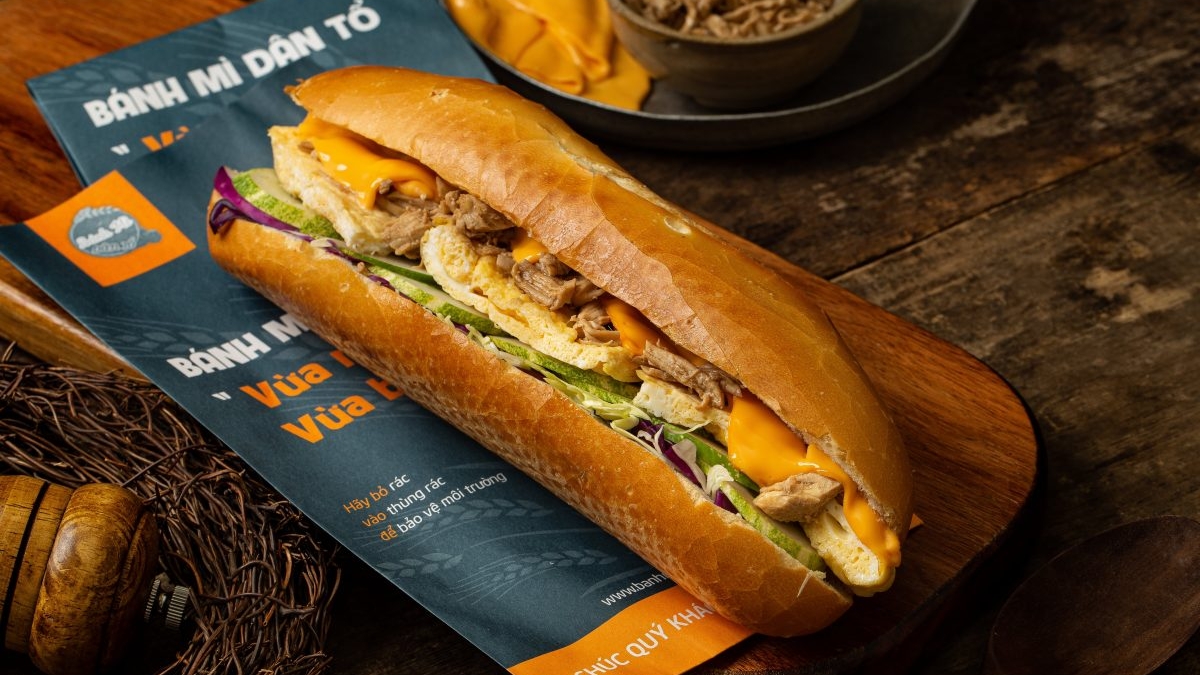



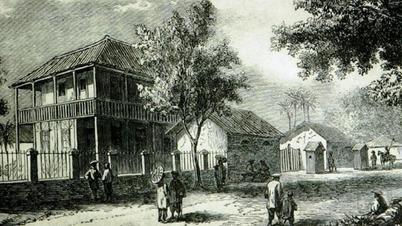
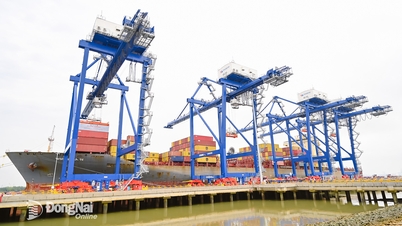






























![[Photo] General Secretary To Lam and National Assembly Chairman Tran Thanh Man attend the 80th Anniversary of the Traditional Day of the Vietnamese Inspection Sector](https://vphoto.vietnam.vn/thumb/1200x675/vietnam/resource/IMAGE/2025/11/17/1763356362984_a2-bnd-7940-3561-jpg.webp)


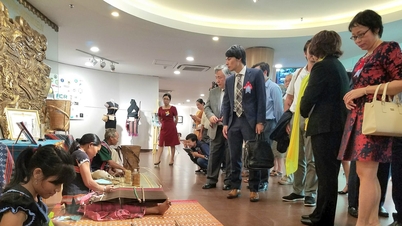






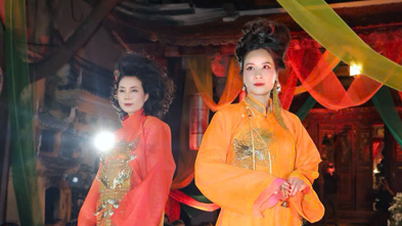
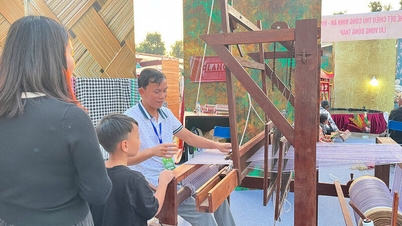



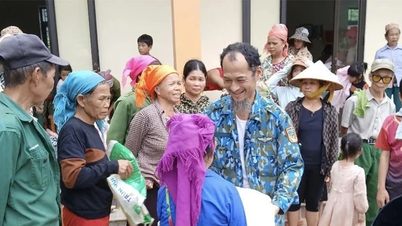










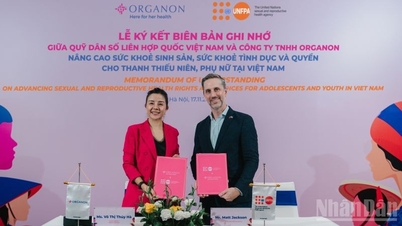














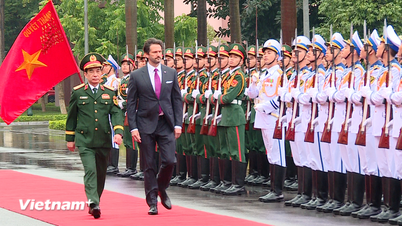











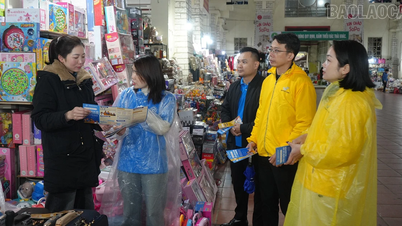
















Comment (0)